Today we’ve been given a first full look at the new 2016 Proton Perdana – the national flagship D-segment sedan was revealed to the media ahead of its official unveiling slated for the first quarter of this year. While we don’t have photos of the car just yet, we can provide you with a written description of what it looks like, as well as how much it differs from the donor car, the previous-generation Honda Accord.
“The Proton Perdana is extremely gorgeous. We have a sexy car like the Suprima S and Iriz, and now we will have the sexiest car, the Perdana,” said Proton CEO Datuk Abdul Harith Abdullah.
Firstly, there’s no getting around how massive the car looks in the metal, and this is reflected in the car’s dimensions. While the Accord is already a large vehicle at 4,849 mm long, but the Perdana trumps this by being an extra 150 mm longer, sitting at a hair under five metres long (4,999 mm).
In profile, this gives the Perdana a sleeker, more laid back appearance, compared to the Honda’s more upright, sportier look. Emphasising the added length further is a longer glasshouse that slopes further towards the back, accentuated by the teardrop-shaped side window opening – this lends the Proton a particularly elegant look.
The details of the car’s design are much like what we’ve seen in the official preview – and have been fairly accurately portrayed in Theophilus Chin’s speculative renderings of the car – although a closer inspection has revealed a little bit more.
The shapelier headlights are quite a bit more intricate than those fitted to the Accord, with projector units (xenons for the 2.4 litre variant and halogens for the 2.0) set in squarish housings that feature the Proton script. At the top, there are eyebrow-like LED daytime running lights which – for the first time on a Proton – are set in a single solid strip, rather than the individual diodes used on previous models. There are also LED indicators located in the bottom inner corner of the lamps.
One part that differs from the rendering is the grille, which has two chrome bars – the thicker upper bar is visually connected to the “eyebrow” DRLs, while the thinner lower bar flows into the lower edge of the headlights. The lower bumper is much the same as on Theo’s render, but the splitter protrudes much further than expected, giving the Perdana a surprisingly aggressive look.
Along the side, the real car pretty much matches up to the rendering, except that the door handles are mounted on the same line as the character line that extends to the tail lights, as on the Accord. The door handles themselves are, however, different from the Accord’s – they are now of a flatter design and are body-coloured (with chrome highlights), rather than the Accord’s distinctive “winged,” full chrome items.
Also worth noting are faux side vents with chrome highlights, which head of design Azlan Othman said will enable the company to add inscriptions denoting trim level, among others. Both 2.0 litre and 2.4 litre models will get 17-inch alloy wheels, with differing designs for each.
Moving towards the rear, the Perdana again pretty much matches up to what we’ve seen in the official preview and Theo’s renderings, with full-LED L-shaped tail lights (with C-shaped light guides), a chrome bar that connects the lamps across the boot lid, and a large diffuser-like bumper insert, complete with integrated dual exhaust outlets.
Inside, the Perdana is very similar to the Accord, apart from a few key changes – the colour scheme on the 2.4 litre model has gone from the full-black colour scheme of the Malaysian-market 2.4 VTi-L model to a black-and-beige palette as seen on the 2.0 VTi and 3.5 V6 models. The wood trim is also brown like on the range-topping model, rather than grey as on the 2.4 VTi-L. The 2.0 litre Perdana, on the other hand, gets an all-black interior with silver trim.
Another change concerns the infotainment system – the Perdana gets an upgrade to a touchscreen system, while the upper screen going from a monochrome display (which shows the radio, clock and climate control settings) to a full colour screen that now also displays navigation.
To be built at Proton’s Medium Volume Factory in Shah Alam (current government-only Perdana is made by Honda Malaysia in Melaka), the 2016 Perdana is expected to launch in the first quarter of this year, retaining the Accord’s 154 hp/189 Nm R20A3 2.0 and 177 hp/222 Nm K24Z2 2.4 litre i-VTEC engines and five-speed automatic transmission.
A revision is slated to arrive by the end of 2017, with the Perdana set to receive a new NE01 2.0 litre turbocharged four-cylinder engine, acquired from Petronas in 2012. Also being considered is Proton’s new 1.5 litre turbocharged, direct-injected TGDI engine, claimed to be able to produce 180 hp and 250 Nm. Whichever powertrain ends up being slotted in, a new torque converter CVT automatic is expected to become standard fare come end-2017.
We’ve also been given the initial details and specifications of the new 2016 Proton Perdana – you can read all about them here.
GALLERY: 2016 Proton Perdana teased
GALLERY: 2016 Proton Perdana rendered
AD: Drive the Proton model of your dreams. Submit your details and Proton PJ will get in touch with you.
Looking to sell your car? Sell it with Carro.

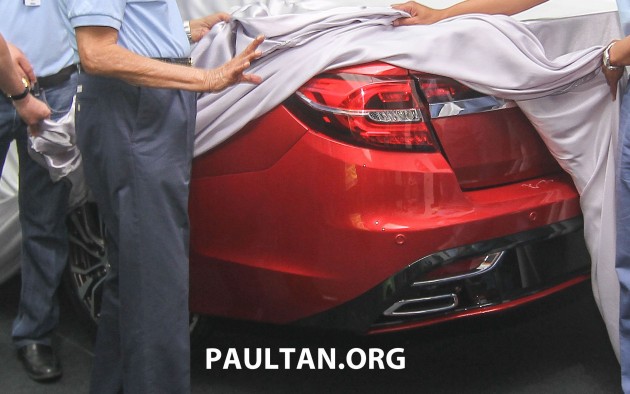




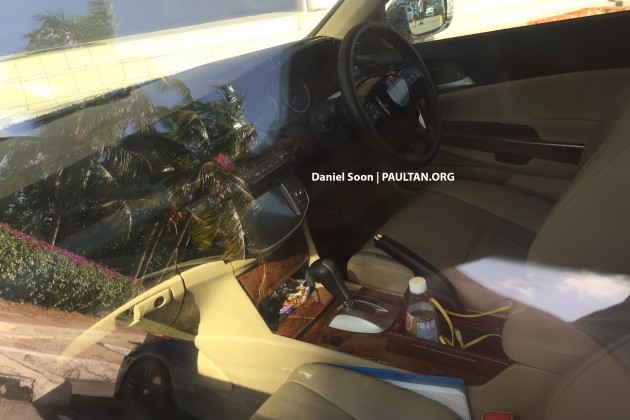
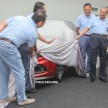



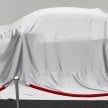





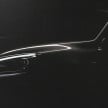
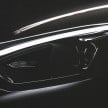

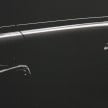
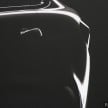






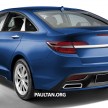

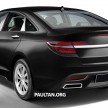










AI-generated Summary ✨
The comments mainly discuss the Proton Perdana's design, pricing, and features. Many users criticize the high price point, claiming it targets a market segment that Proton supporters cannot afford. There are concerns about safety features, quality, and whether it can match competitors like the Preve or international models like Honda Accord and Toyota. Some appreciate the effort to improve Proton’s image and see the Perdana as an important model, despite skepticism about its sales and design. Others highlight issues with interior quality, exterior aesthetics, and the car's length. Several comments compare Proton unfavorably to international brands like Toyota and Honda, emphasizing the importance of safety standards and reliability. Overall, sentiments are mixed but lean towards skepticism about the Perdana’s value and execution.